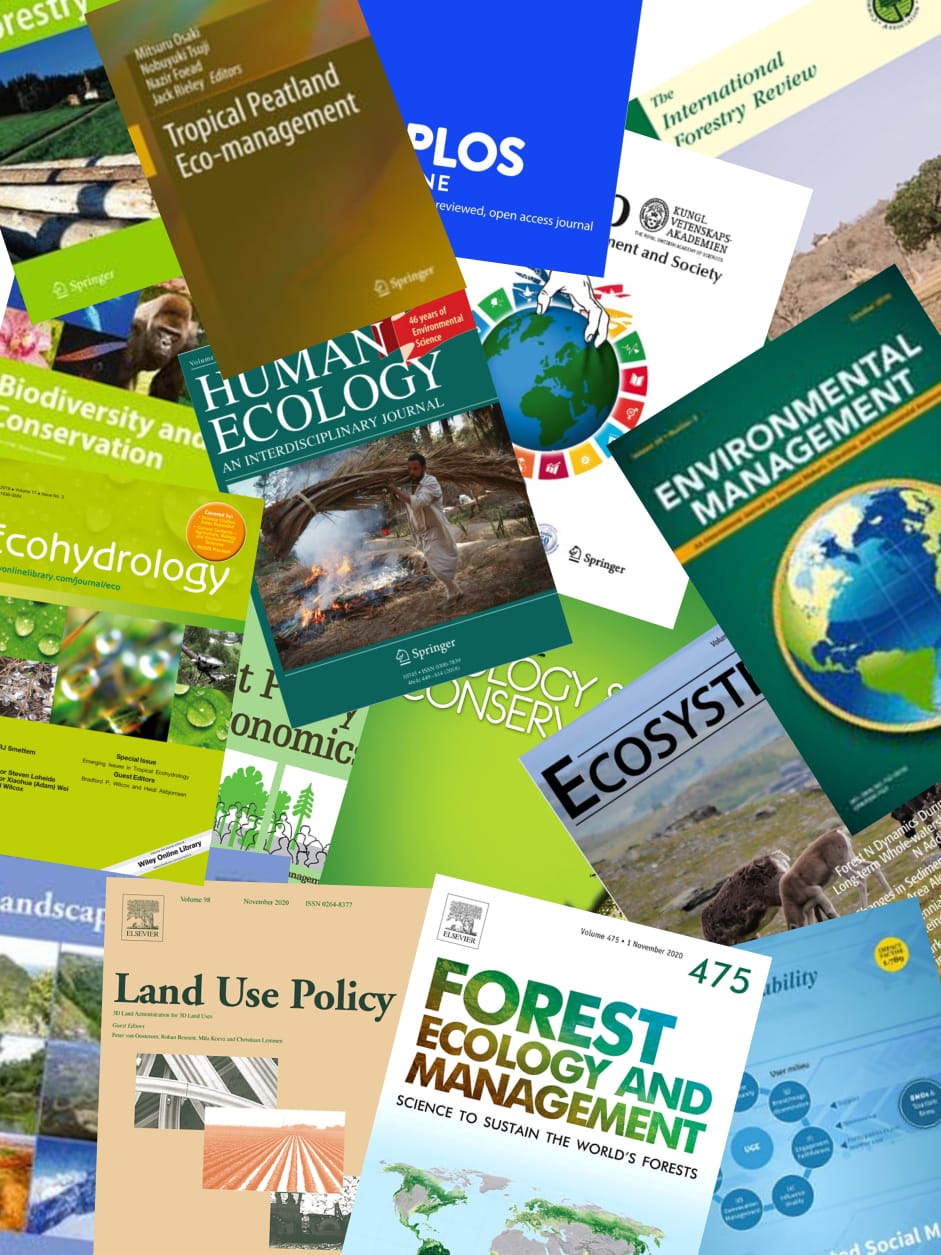Particulate matter (PM10) is the pollutant causing exceedances of ambient air quality thresholds, and the key indicator of air quality index in Brunei Darussalam for haze related episodes caused by the recurrent biomass fires in Southeast Asia. The present study aims at providing suitable forecasts for PM10, exceedances to aid in health advisory during haze episodes at the four administrative districts of the country. A framework based on random forests (RFs), genetic algorithm (GA) and back propagation neural networks (BPNN) computational intelligence techniques has been proposed in which the final prediction is made by the BPNN model. A hybrid combination of GA and RFs is initially applied to determine optimal set of inputs from the initial data sets of largely available meteorological, persistency of high pollution levels, short and long term variations of emissions rates parameters. The inputs selection procedure does not depend on the back propagation training algorithm. The numerical results presented in this paper show that the proposed model not only produced satisfactory forecasts but also consistently performed better via several statistical performance indicators when compared with the standard BPNN and GA optimisation based on back propagation training algorithm. The model also showed satisfactory threshold exceedances forecasts achieving for instance best true predicted rate of 0.800, false positive rate of 0.014, false alarm rate of 0.333 and success index of 0.786 at Brunei-Muara district monitoring station. Overall, the current study has profound implications on future studies to develop a real-time air quality forecasting system to support haze management.
View source

